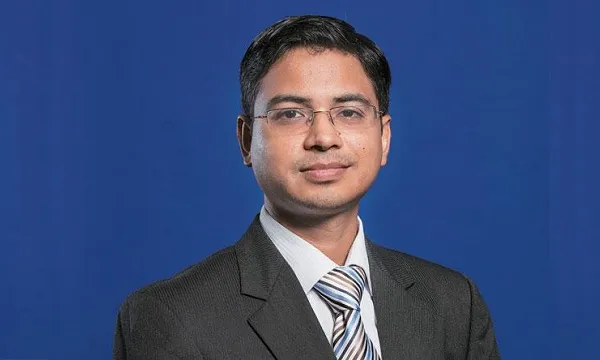
What's next for Singapore's mature power market?
Growth for power producers lies in innovations geared towards grid transition, according to S&P Global Ratings.
Although Singapore’s power market has already achieved a significant level of maturity, growth opportunities for independent power producers (IPP) are by no means insufficient as the government moves to upgrade the grid and shift towards renewables in order to meet efficiency and carbon emission targets.
On the generation side, the government aims to have 2GWp of solar power installed by 2030 and have 200MW of energy storage solutions beyond 2025 to make up for its intermittent nature. It will also diversify the city’s sources of natural gas and make upgrades to generation facilities to boost efficiency.
On the distribution side, Singapore is exploring a shift from a grid operating on alternating current to a digital grid that operates on direct current in order to accommodate digitalisation and increase capacity of solar PV, Mass Rapid Transit (MRT) traction and electric vehicle charging.
In an interview with Asian Power, Abhishek Dangra, a senior director at S&P Global Ratings, discusses the growth opportunities that IPPs can tap into and Singapore’s progress towards a utility-scale energy storage system.
Since Singapore is already a mature power market, what expansion opportunities are still available for IPPs?
In our view, growth opportunities in the mature Singaporean market are going to be driven by two key factors: 1. Innovation and 2. Grid transition. Floating solar, rooftop solar, battery and energy storage solutions, and electric vehicle charging stations might be some of the key opportunities for IPPs, straddling both innovation and a gradual shift of the grid towards a greater share of renewables.
Last year the Energy Market Authority (EMA) launched a utility-scale energy storage system. How is Singapore's adoption of energy storage coming along?
We believe globally and in Singapore, many utility-scale renewable energy storage solutions are still in initial stages. Economically feasible utility-scale energy storage solutions are yet to establish their credentials for mainstream adoption.
What are the synergies between energy storage and renewable energy that developers and IPPs can explore?
The intermittent nature of renewable energy and the mismatch between demand-supply patterns are two key challenges for renewables to meet. Energy storage solutions can bridge the gap by storing surplus energy when generation is at peak to supply power when it’s required.
However, the economic feasibility of large-scale storage solutions is still to be fully established and IPPs can explore such opportunities. Some countries also impose variable electricity rates in order to smoothen the peak and average demand.
Ever since the launch of the open electricity market (OEM), some retailers have shut down or sold off their operations. What made the remaining players stay in the market? What's next for the electricity retail sector?
We believe ultimately retailers that are part of larger groups with generation capabilities will be better positioned to compete in the retailing market in the long term. In view of increasing international focus on environmental emissions, players with larger renewable capacities might be better placed. Pure-play retailers will need to find their niche after customers are weaned away from initial promotional offer discounts.



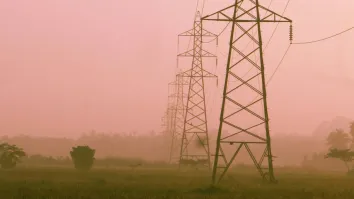
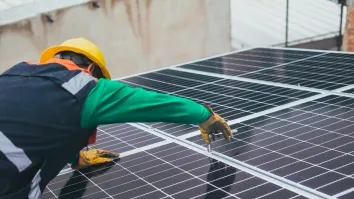





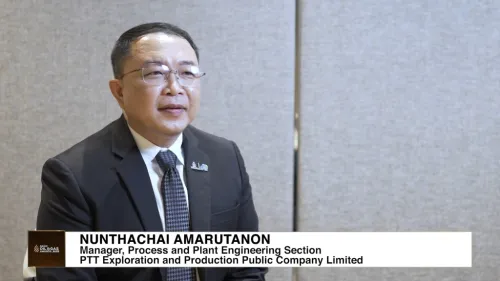
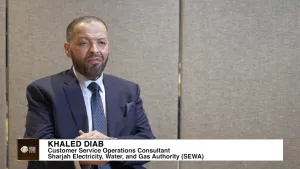

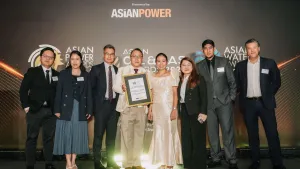


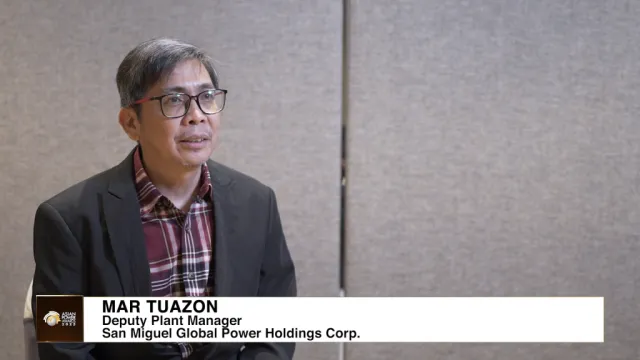
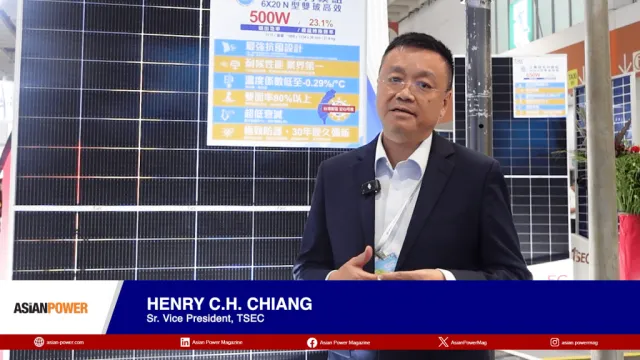

 Advertise
Advertise








